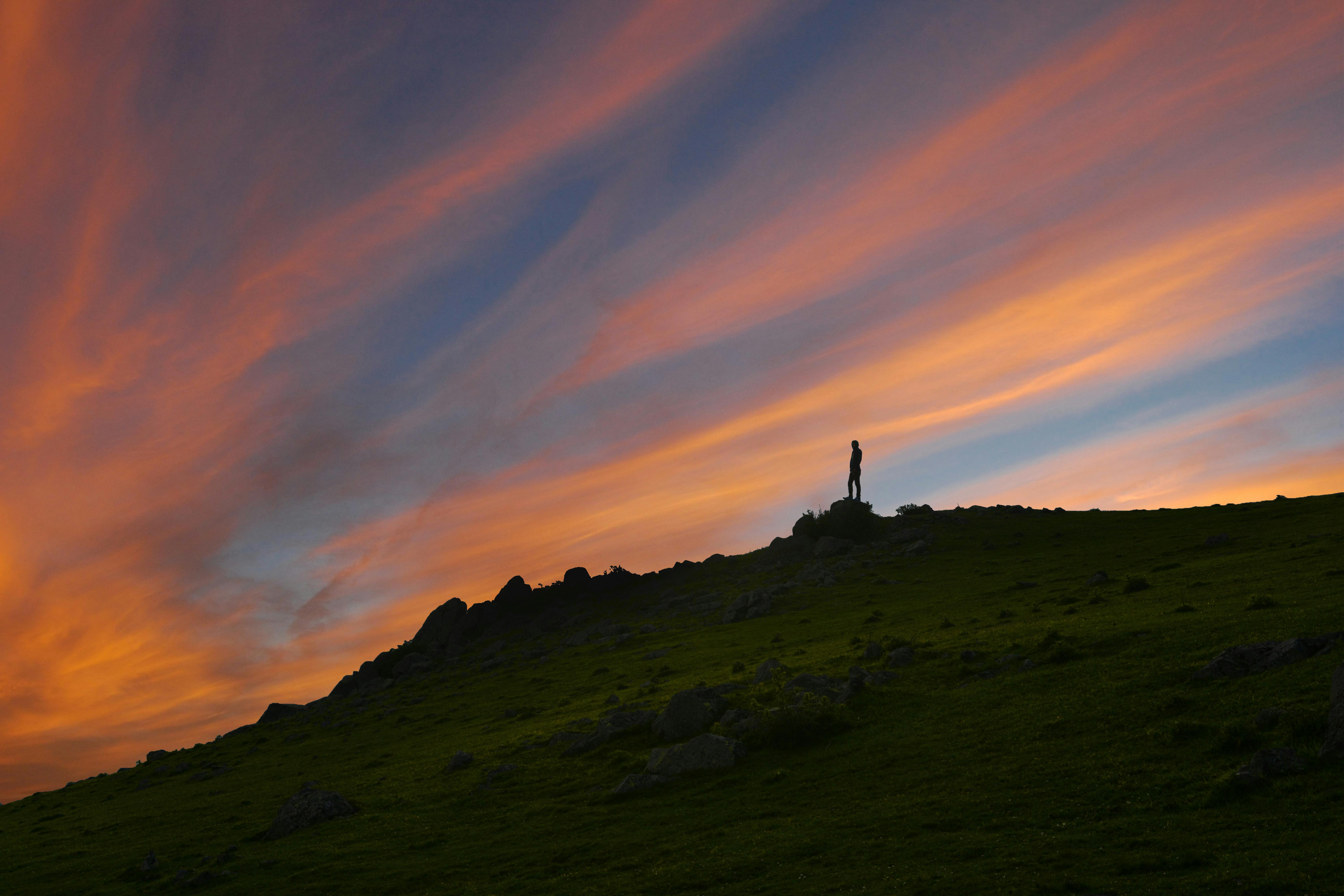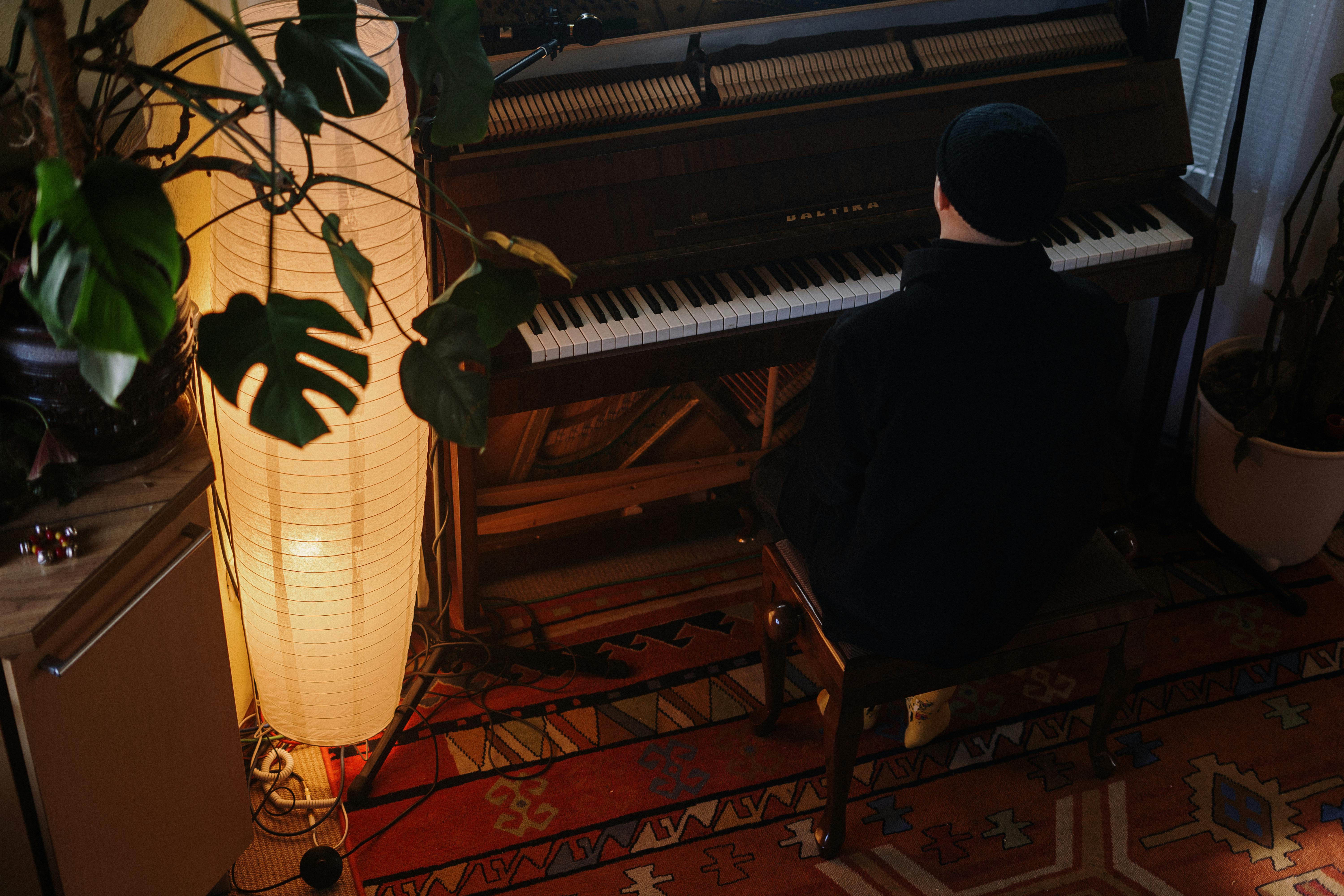
Camping Tent Designs – The Greatest Strengths and Worst Weaknesses of Dome Family Tents Revealed
admin
- 0
Dome tents have become increasingly popular for family camping, and you get them in many different sizes. But is such a tent the right choice for you? Let’s take a look at the different types of family dome tents, and especially the strengths and weaknesses of this camping tent design.
Dome tent styles
- Classic geodesic dome
- Half dome or tunnel tent
The classic design shows a simple dome shape. There are also larger family tents that are made up of several domes. Both are ideal for family camping, which means spending all your time in one place, as they are larger and offer more space. Half dome or tunnel tents, on the other hand, are very good for backpackers. By reducing the size of the dome, they reduce weight and produce a smaller package size, making them more convenient to transport.
Main strengths of dome tents
- Large floor space – This gives you a large sleeping area and enough space for your luggage.
- Very resistant in extreme weather conditions – Instead of a static frame, stability is achieved through all the components of the tent working together, with poles made from flexible materials like carbon fiber. The low, round shape of the dome tents allows them to easily shed rain and snow, and makes them very wind resistant.
- Lighter than tents of the same size. – This is mainly due to the absence of a heavy tent frame.
- Easy setup – Dome tents often use poles with shock cords. These unfold easily to their full length and are color coded to show you where each post should go.
- Standing – Most family dome tents can be installed on any level surface, for example in the backyard. However, the rain fly needs stakes. Also, it is generally recommended that you stake your tent in case of strong winds.
Weaknesses of dome tents
- Less usable space – Family dome tents offer less space for camping furniture than cabana tents of the same size. Large items can only be installed in the middle.
- Less freedom to move – Due to the shape of the dome, headroom is often a problem. While the larger tents may allow you to stand fairly straight in the center (if not very tall), the smaller ones allow you to just sit and crawl rather than walk. Half-dome or tunnel tents may not even allow a tall person to sit upright.
These considerations clearly show you what dome tents are good for and when you shouldn’t choose them. Classic domes are a great option for camping vacations that will likely face harsh weather conditions, especially high winds, but will find it most of the time outdoors. Half dome or tunnel tents are great options for backpacking or other types of travel and camping. In general, family dome tents are more for people who can do it with less space and comfort, while those who travel with half their household, or who expect to spend a lot of time inside the tent, should opt for a tent type cabin.

